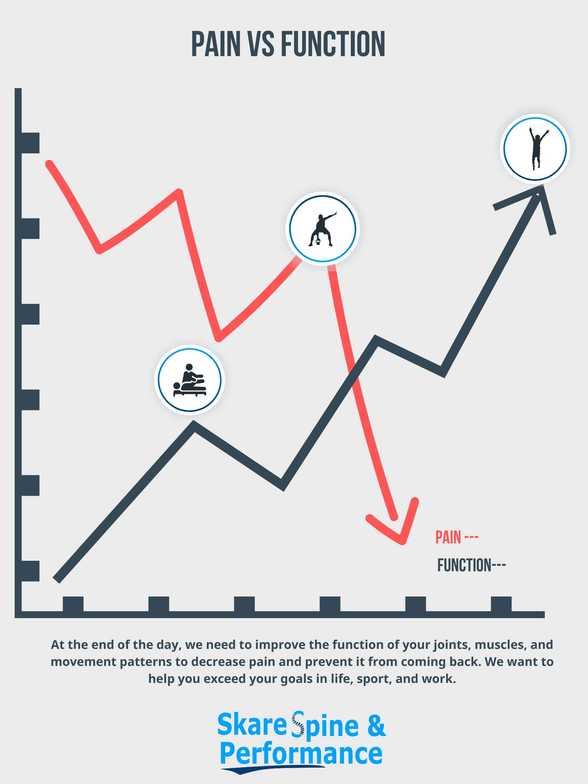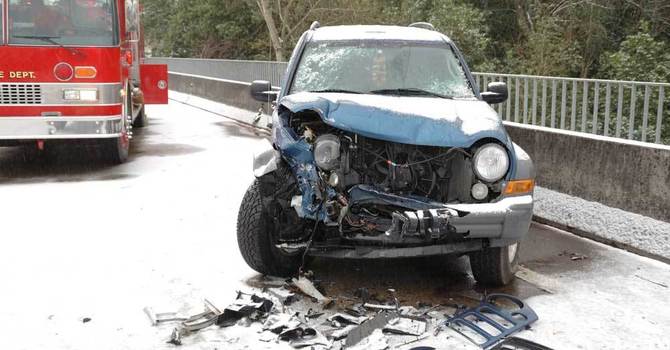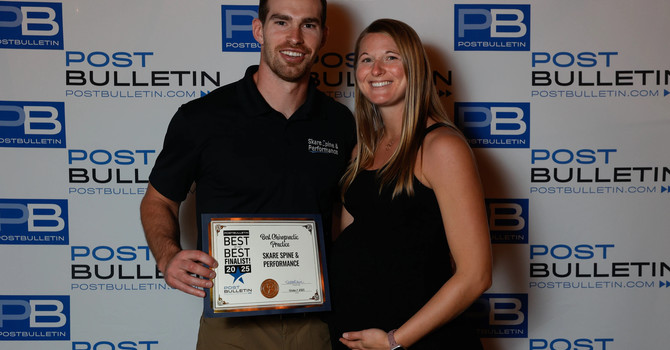
Low back pain is widespread, with over 80% of people experiencing it in their lifetime. It is also the most common cause of disability and the second most common reason for a visit to your medical doctor.
In this blog, we will delve into whether you need imaging for your low back pain, different diagnoses and causes, treatment options, and whether or not your back pain requires surgery.
Should you get an MRI for acute low back pain?
A research study published in 2013 looked at whether you should receive an MRI for low back pain. Their findings observed that if someone with an acute episode of low back pain gets an MRI within the first 30 days, their medical costs are, on average $12,948 to $13,816 higher than groups that didn’t receive imaging.
Even more interestingly, the outcomes for the group who received an early MRI were actually worse and had higher disability and pain scores.
According to the authors, “an early MRI may be the first indication of a cascade pattern of care that is characterized by overprescribing, overtesting, intensive and ineffective treatment, and ultimately, poor outcomes.”
This doesn’t mean that you should never receive imaging, but for most cases, it is better to have a trial of conservative care from your chiropractor or physical therapist before opting for imaging.
Up to 57% of people will have abnormal findings on an MRI and be completely asymptomatic. This is good news and means that just because you have some findings on an image, it doesn’t mean you have to live with any pain.
Unless there is a red flag or sinister findings in our exam, we always want to have a 3-6 week trial of care before pursuing imaging, injections, or surgery to allow the body's healing processes to take place.
Does your back pain require surgery?
One of my goals as a chiropractor is to help people avoid unnecessary and invasive procedures and surgeries.
Herniated discs are a common cause of low back pain. The good news, though, is that a 2021 study analyzed 277,941 people who had a herniated disc and found that 269,713 of those people successfully treated their back pain conservatively.
This means that nearly 97% of all herniated discs and low back pain can be successfully treated without surgery.
Many patients I see are frustrated with their pain, feel out of options, and think surgery may be their only option, but if we find and treat what is causing pain or dysfunction, we have great results.
Different Diagnosises for Low Back Pain
There are many different diagonses for low back pain:
- Mechanical low back pain
- Sciatica
- Disc Bulge / Herniation
- Spinal Stenosis
- Muscular Strain / Myofascial Strain
- Facet Syndrome
- Non-Specific Low Back Pain
- Degenerative Disc Disease
- And More!
In my opinion, low back pain too often gets treated the same, no matter the cause or diagnosis.
All of these different diagnoses are going to have underlying dysfunction that leads to the development of back pain. The most important thing for us is to find the underlying dysfunctions to determine the root cause and give the most effective treatment.
An analogy is that pain or diagnoses are the barking dogs, but we need to figure out why the dog is barking!
Underlying dysfunctions can include:
- Restricted joint mobility
- Instability
- Poor stabilization patterns
- Faulty biomechanics
- Prolonged poor postures
- Repetitive movements
- Holding too much tension in your core
Our Approach to Treating Low Back Pain:
All of these diagnoses and dysfunctions need to have care personalized to you.
Someone who is hypermobile, often lacks stability, and doesn’t have any restricted joints won’t necessarily benefit from chiropractic manipulation. Another person might need all of the chiropractic manipulation and mobility work in the world. These two people would have very different outcomes if given the same treatment.
Most people need a combination of mobility and stability work, which blends well with our comprehensive treatment approach.
Different methods we use include:
- Chiropractic adjustments to help restore proper joint motion and relax surrounding musculature.
- Soft tissue or myofascial work to help relax and free tight and restricted muscles.
- Function rehabilitation - Low back pain can cause delays in 'firing' muscles around the spine and abdominal wall. We work to stabilize and strengthen your spine, core, and hips.
- Dry needling effectively relaxes the musculature in the back and stimulates a healing response.
- Lifestyle modification- whether for work, home, sport, or sleep, we will discuss changes to help reduce stress on your lower back.
- McKenzie Method: Research findings have demonstrated that the McKenzie Assessment procedures show comparable reliability to diagnostic imaging techniques like X-rays and MRIs.
It all comes down to improving function:

There's an old saying of: “The reason it's called back pain is that it keeps coming back.” If we don't fix why you are having back pain, it will often keep coming back.
This is why I’m not just concerned with pain but improving function to make lasting changes.
Obviously, we want to get you out of pain as quickly as possible, and we have the tools to do that, but if we don’t improve function over a period of time, it will keep reoccuring again and again.
This is why treatment is still necessary sometimes, even when out of pain.
Truly improving function takes time and encompasses a variety of things, which include:
- Joint restrictions and how your joints move
- Muscle tone, tension, and trigger points
- Improving stabilizing and movement patterns
- Range of motion
- Strength
- Biomechanics
- Your daily activities (walking, working, sports, etc.) and how well you can do these activities.
When we work on improving these areas, our results are superior to just treating the site of pain alone!
If you are dealing with and frustrated with your low back pain, please reach out to us or schedule an appointment to see how we can help. We take pride in offering effective solutions for low back pain at Skare Spine & Performance.

Nate Skare
Contact Me



